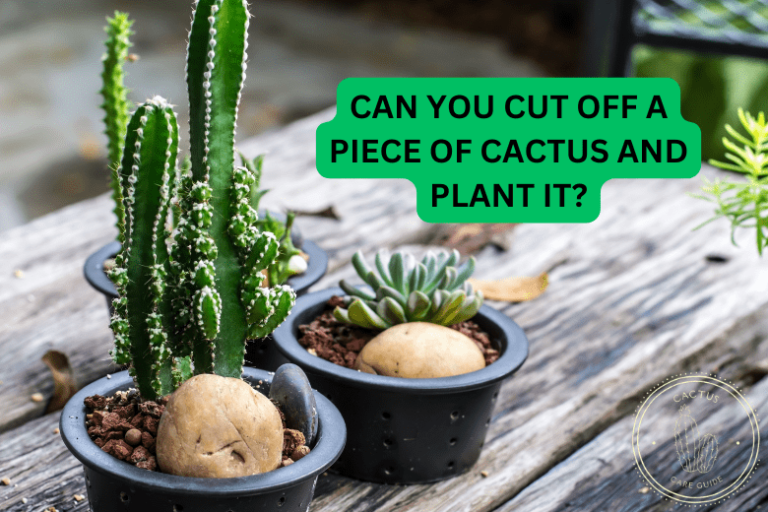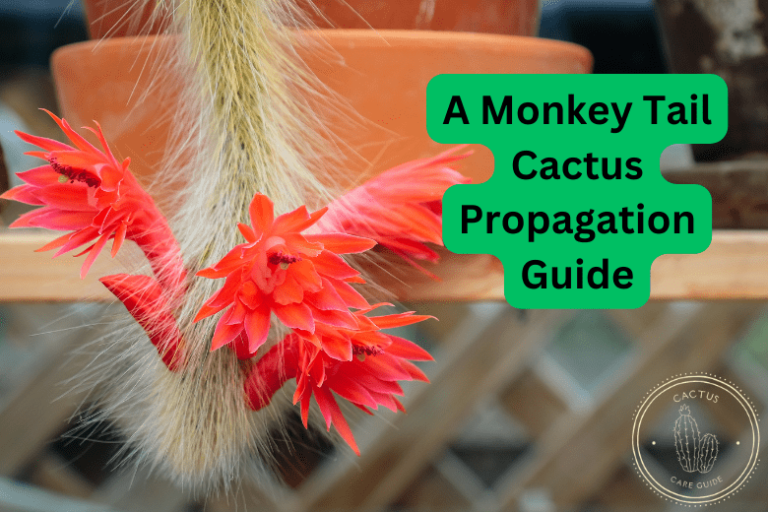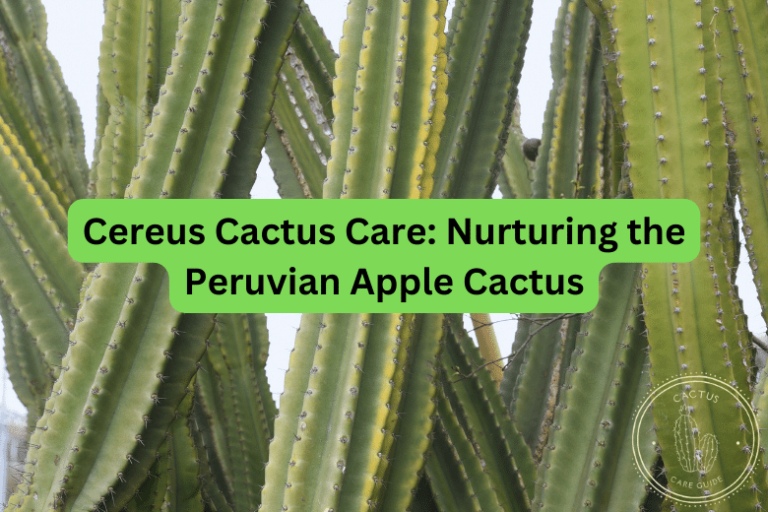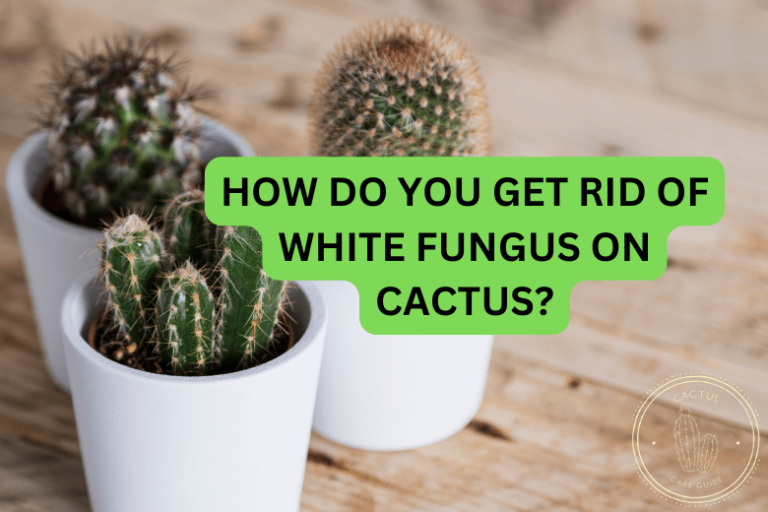Cactus Stability 101: Cactus Getting Too Tall and Falling Over
Cacti are renowned for their resilience and unique aesthetic appeal, but when a cactus starts growing too tall and begins to lean or fall over, it may indicate underlying issues that need attention. This article explores common problems that lead to cactus falling over, providing valuable insights into maintaining a healthy and upright cactus.
Nature’s unique creations
Cacti, hardy plants, with their water-storing tissues and protective spines, navigate the challenges of minimal rainfall.
The silent support of well-draining soil is crucial in nurturing plants’ growth, allowing them to efficiently manage water resources.
Cacti in home environments experience a controlled and often more temperate climate.
Cultivated varieties, like the popular Christmas cactus or the delicate moon cactus plants, may showcase vibrant flowers and a diverse range of shapes, adapting to the comfortable conditions provided indoors.
These house plants, while sharing the same botanical family, often differ from their desert counterparts in terms of size, growth habits, and flowering patterns.
Whether flourishing beneath the intense sun of a desert or gracing the windowsill of a cozy home, cacti plants showcase the fascinating ability to adjust and thrive in diverse settings, offering beauty and resilience in different corners of the botanical world.
Cactus roots unveiled
The roots of a cactus play a vital role in anchoring the plant securely in the soil, providing essential support against environmental factors.
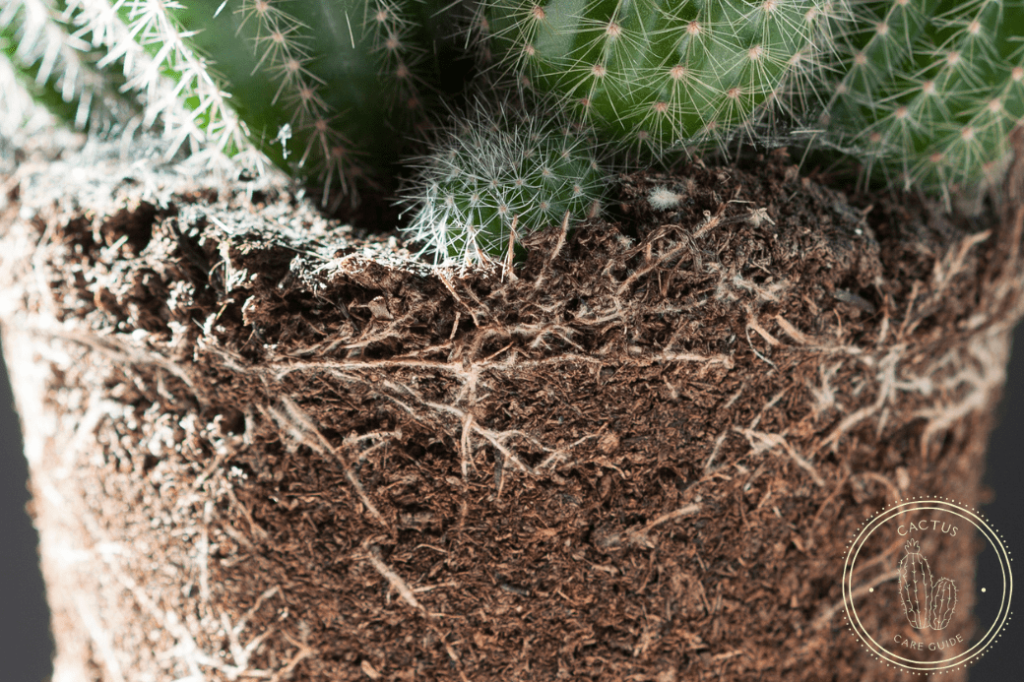
Cacti falling over can often be attributed to root issues; consider repotting them in well-draining soil to promote healthier growth.
When cacti become root-bound in their current containers, their ability to support an upright posture diminishes. Consider repotting the cactus into a larger container, allowing the roots to spread enough roots and anchor the plant securely.
Correcting damaged roots
Examine the roots of your cactus periodically.
If you notice damaged or rotting roots, carefully trim them with sterilized tools.
Repot the cactus in new soil to encourage the development of healthy roots.
The health of a plant is intricately tied to the quality of the soil in which it is planted, influencing its ability to withstand the test of time without cacti falling.
Identifying root rot
One of the primary culprits behind a cactus leaning or falling is root rot.
This condition occurs when the roots of the plant are exposed to excess moisture, leading to decay.
Repotting them in fresh soil becomes a pivotal solution to address these root-related challenges.
Fresh soil not only provides essential nutrients for the plant but also facilitates better drainage, preventing waterlogged conditions that can contribute to root rot.
Securing upright growth: tactics for preventing cactus falling over
In the quest for robust cactus care, mastering effective strategies is paramount, and there are some basic rules to ensure vertical stability and prevent the untimely toppling of your cherished plants.
Choosing the right soil for the cactus
Choosing the right soil for the cactus is a critical aspect of ensuring its overall health and longevity. Planting a cactus requires careful consideration of the type of soil it will inhabit, ensuring optimal conditions for its roots to develop.
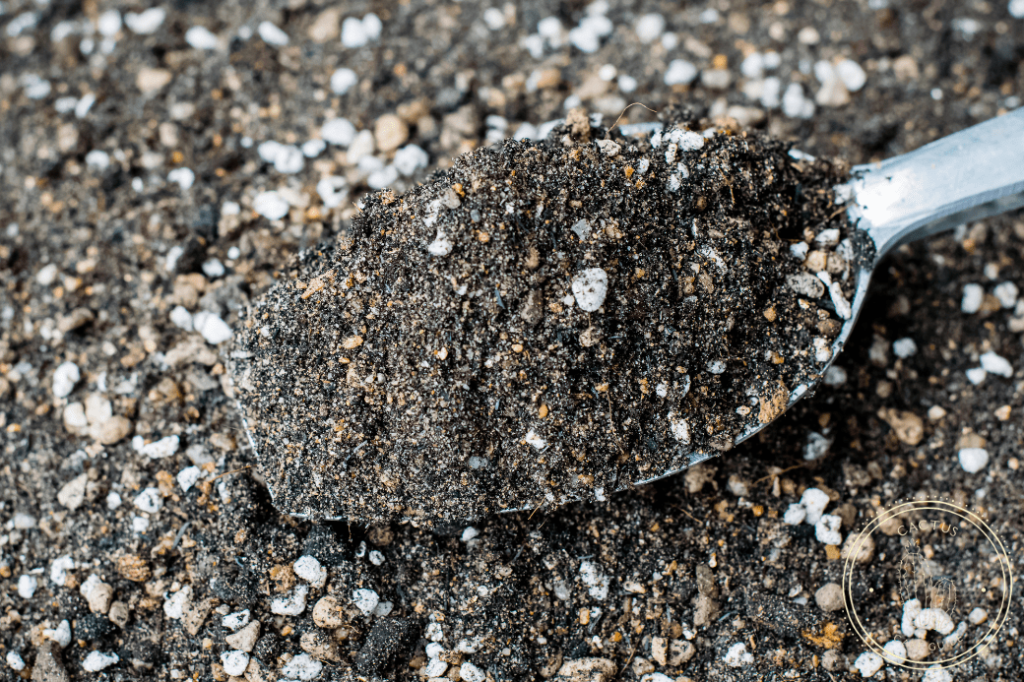
The soil for a cactus plant should ideally be a fresh mix that promotes good drainage, preventing issues such as waterlogged conditions.
Incorporating drainage holes in the pot is equally essential, allowing excess water to escape and avoiding scenarios that might lead to cactus falling incidents.
Plastic pots, while commonly used, can contribute to the instability of the cactus if they hinder proper drainage.
Regularly monitoring the soil condition and replacing old soil with a fresh soil mix can rejuvenate the cactus and encourage the development of new roots.
Proper soil composition is essential for a cactus, as it helps prevent issues such as root rot and contributes to the plant’s overall health.
Ensuring enough light
Adequate exposure to light is crucial for a cactus to thrive, and during the winter months, adjustments are made to cactus placement, so that it has enough light.
If your cactus is not receiving enough light, it may grow tall and lean in an attempt to reach the light source causing the cactus to fall.
Place your cactus in a location with abundant natural light, and more sun, and consider rotating the plant regularly to promote even growth.
If your cactus has been in a low-light environment, gradually introduce it to more light to avoid shock.
Sudden exposure to intense sunlight can lead to rapid growth, making the cactus susceptible to falling over.
Regular maintenance of the cactus
To prevent your cactus grow taller to excessively tall heights and becoming top-heavy, trim the cactus regularly.
Pruning encourages the development of a more robust structure and helps the cactus maintain its natural shape. Be cautious not to remove too much, as this may stress the plant.
Balancing watering practices
Overwatering can lead to excessive growth and instability. During the colder months, reduce watering frequency, as cacti enter a period of dormancy. Adjust your watering schedule based on the specific needs of your cactus species.
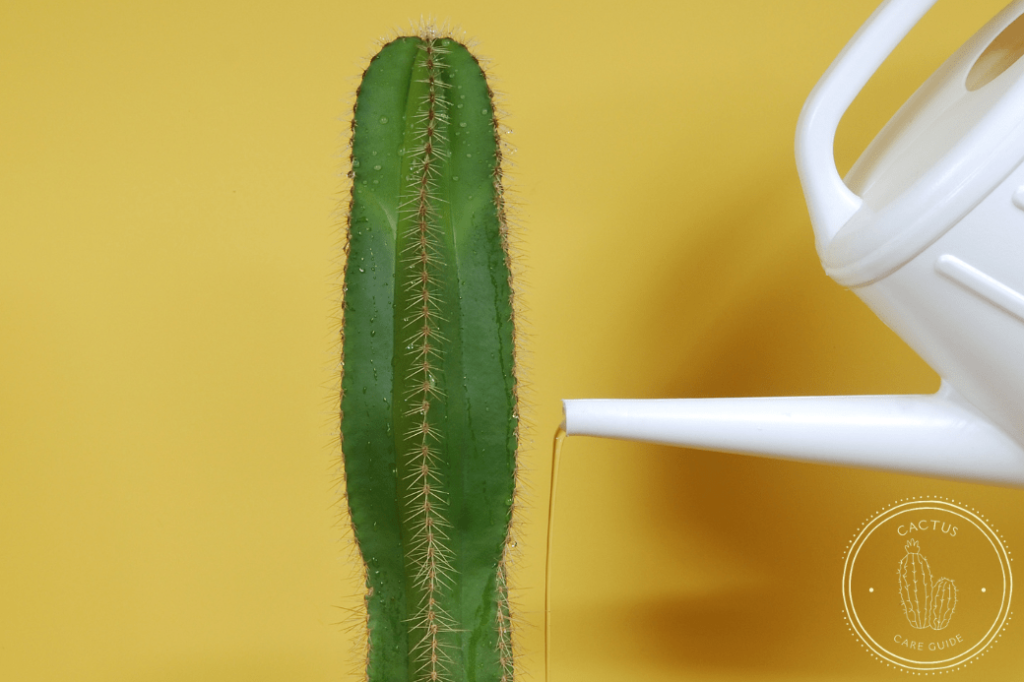
Consider a smaller pot
The choice of a suitable pot is paramount in the cultivation of a healthy cactus.
In some cases, transferring to a slightly smaller new pot can help control plants’s height.
This practice encourages the cactus to focus on developing a more compact and stable structure.
Always use pots with drainage holes for your cactuses to prevent waterlogging and damaged roots. A well-chosen pot not only supports the plant aesthetically but also provides a stable foundation to prevent potential falls.
As the plant grows, monitoring the pot and its support structure becomes integral to safeguarding the cactus and maintaining its upright position.
FAQs
Explore concise answers to common queries on stabilizing tall cacti, understanding their growth patterns, replanting fallen specimens, and the practice of cutting off cactus tops.
How do you stabilize a tall cactus?
To stabilize a tall cactus, assess its pot and soil. Repot it into a larger pot with porous soil and more light, providing external support like stakes if needed.
Additionally, regularly inspecting the plant’s structure and reinforcing its support, be it through stakes or other mechanisms, further minimizes the risk of a sudden fall.
Why is my cactus growing so tall?
Cactus plants may grow excessively tall due to inadequate light. Ensure sufficient sunlight exposure, correct roots or soil problems, and adjust feeding practices to encourage balanced, compact growth of cactus.
Can you replant a cactus that fell over?
Yes, you can replant a fallen cactus. Remove it gently, inspect the roots for damage, trim any harmed roots, let it dry for a day or two, and plant it in fresh, well-draining soil.
Can I cut the top off my cactus?
Yes, cutting the top off a cactus, known as “topping,” is possible. Use a clean, sharp knife or pruning shears, let the cut surface dry before replanting, and plant in a new pot. Note that not all cacti respond well to topping, so research your specific species first.
Conclusion: cultivating stability to prevent falls and encourage vigorous growth of the cactus
Maintaining a healthy and upright cactus involves addressing issues related to root health, soil quality, and light exposure. Regularly checking for signs of instability and promptly addressing them helps mitigate the chances of a fall, promoting a healthier and more secure environment for the cactus.
Ensuring the stability of your cactus plant involves strategic planning, with a focus on the health of its roots, the choice of an appropriate pot, reliable external support, and vigilant monitoring to prevent any potential fall. By addressing these crucial elements in the care of your cactus, you establish a solid foundation for its growth, reducing the risk of it getting too tall and falling over.
To prevent your cactus from experiencing a sudden fall, it’s crucial to monitor its support system, ensuring that the roots and the structure of the plant are robust and well-maintained. Remember that a well-balanced approach to these factors is key to maintaining the health and upright posture of your beloved cactus plant.
You might also like:

Greetings, dear succulent lovers! I’m Jennifer West and I’m happy to share with you practical tips and guides on growing and caring for succulents, as well as all the magical facts about these unique plants. Grateful to have you on this green journey with me! Check out more about our team here.


